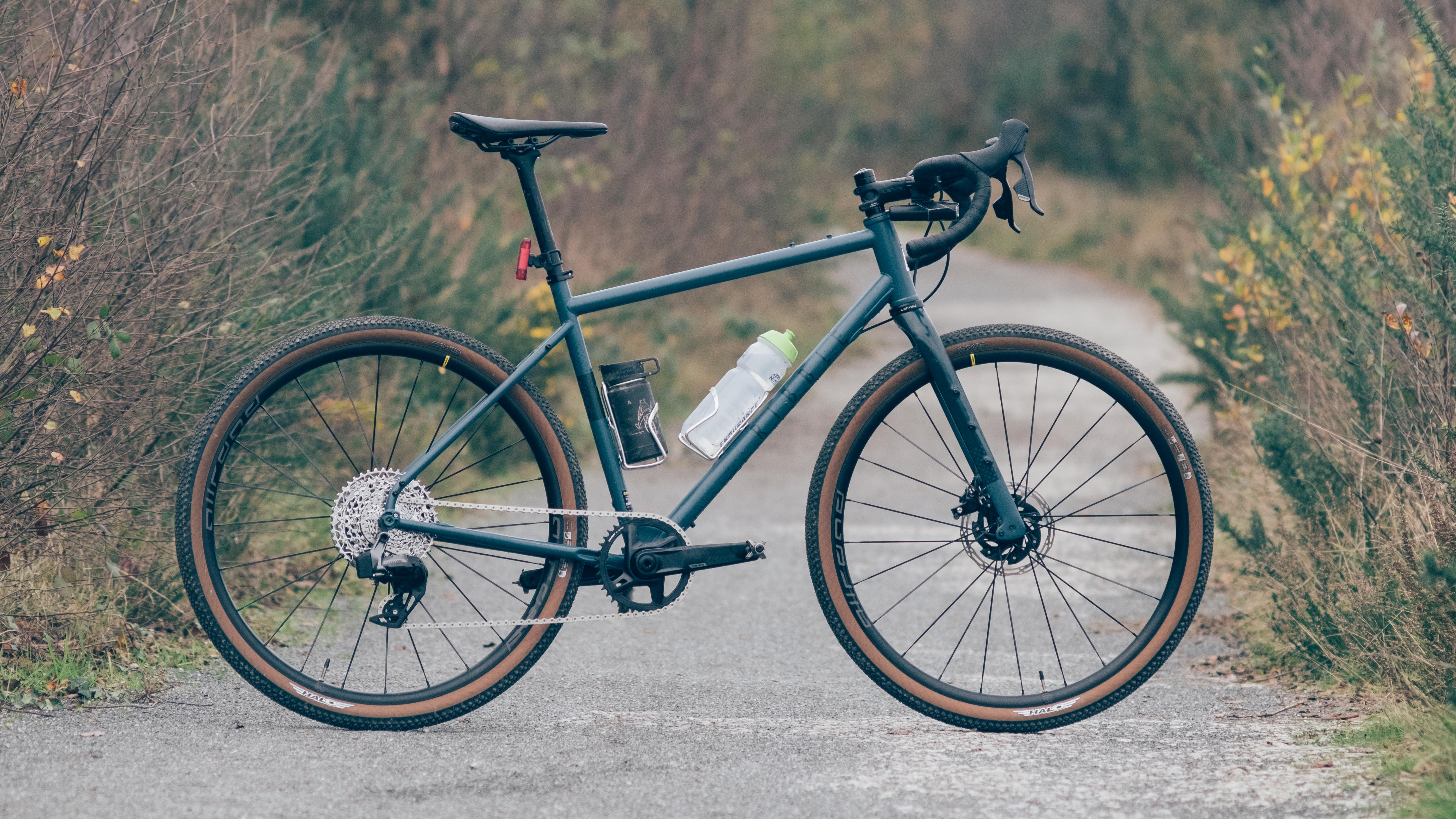Early Verdict
A good bike on its own merit, but you should probably buy the aluminium version instead
Pros
- +
Very comfortable ride
- +
Capable, do-it-all geometry
- +
Enough mounting points for everything
Cons
- -
Tyres aren't brilliant
- -
More expensive than the lighter aluminium model
You can trust Cyclingnews
The resurgence of steel as a mainstream frame material has, for fans of older bikes and the aesthetic of skinny tubes like me, been an excellent thing indeed. I love steel bikes, though a lot of this is an aesthetic thing. I don’t really buy into the fact that it has some magical ride property; a well-designed steel bike will ride well, and a poorly-designed one will ride poorly. With the new Ribble Gravel 725, Ribble has added a steel option to its gravel bike range, much the same as it has previously with the 725 version of the CGR. Is it a well-designed steel bike, then?
I was lucky enough to get my leg over one pre-release for a first ride review, in the ‘Pro’ spec, complete with Sram Rival XPLR AXS. Thanks to some rather hefty time constraints I only had the chance to get in 50km or so of riding, but what it lacked in distance it made up for in terrain variety. Flat, gritty mineral tramways, muddy bridleways, stupidly steep coastal roads, and techy, rocky coast path singletrack are all on offer from my doorstep and can be threaded together into a fantastic test track. How did the Ribble Gravel 725 fare across all of this, and does it deserve a spot amongst the best budget gravel bikes? Keep reading to find out.
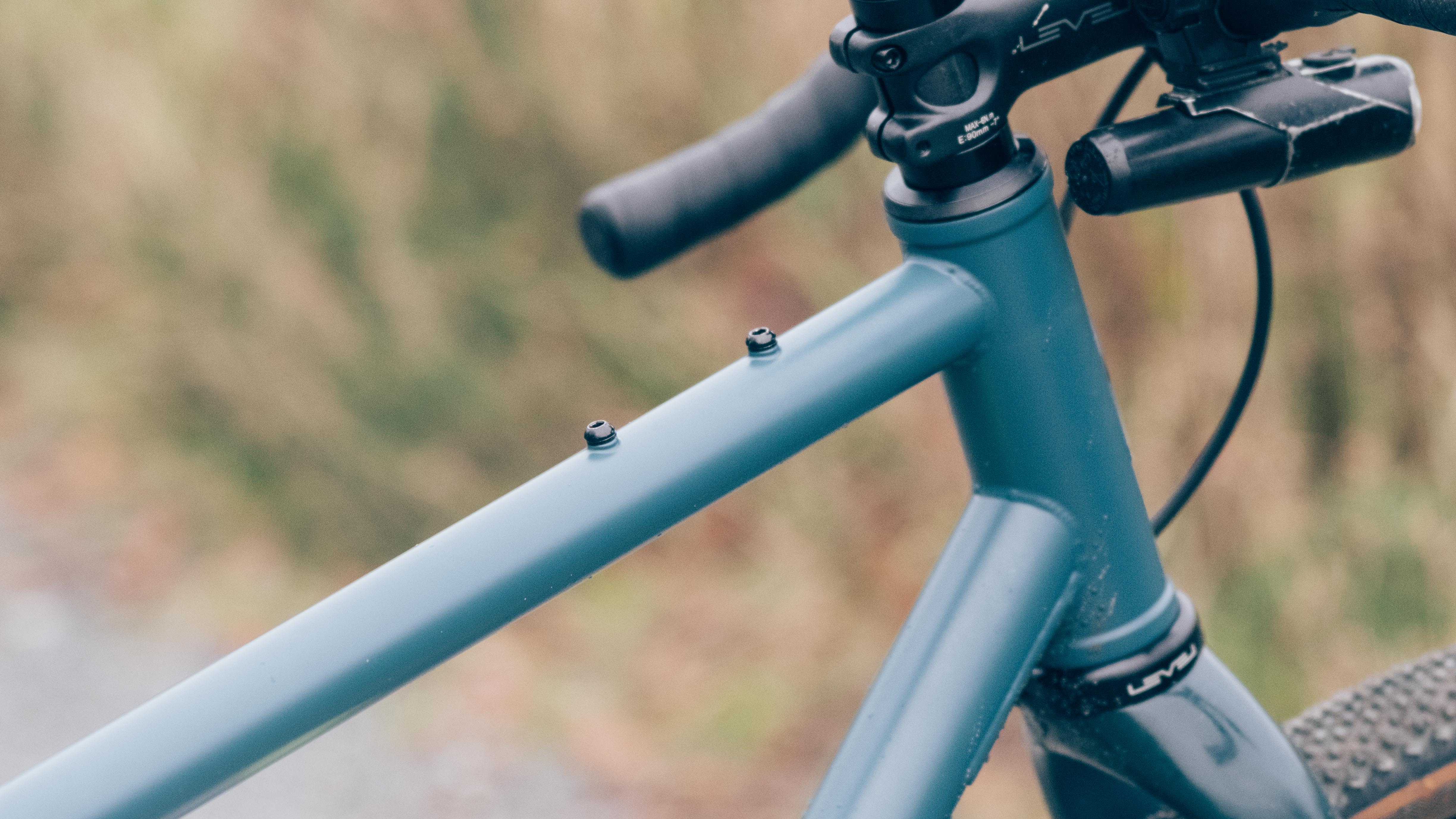
Design and aesthetics
If it ain’t broke, don’t fix it. That’s what I imagine was said at least once during the design meeting at Ribble HQ. Ribble has, from what I can tell, taken the geometry from both the Gravel Al and the Gravel Ti and simply made a new model out of Reynolds 725 tubes. The finishing kit is effectively the same as the aluminium option, with in-house Level components marrying up with various tiers of Sram. There’s no GRX option though in this case, for fans of Shimano.
What you get is a relatively compact-looking frame. The top tube is noticeably sloped, which allows a sizeable length of seatpost to protrude out. The chainstays dropped heavily on the carbon and aluminium models, but join the seat tube higher up here, since the triple-butted Reynolds tubing is thicker at the ends and thinner in the middle, and it’s not ideal to join tubes to the thinner central sections. That being said, Ribble has managed to drop the stays slightly below where the top tube joins.
Visually at least, there’s one part of the frame I cannot get on board with, and that’s the enormous bottom bracket gusset. I assume it’s there to add a bit of lateral stiffness to the bottom bracket area, but it looks so ghastly against the skinny tubes.
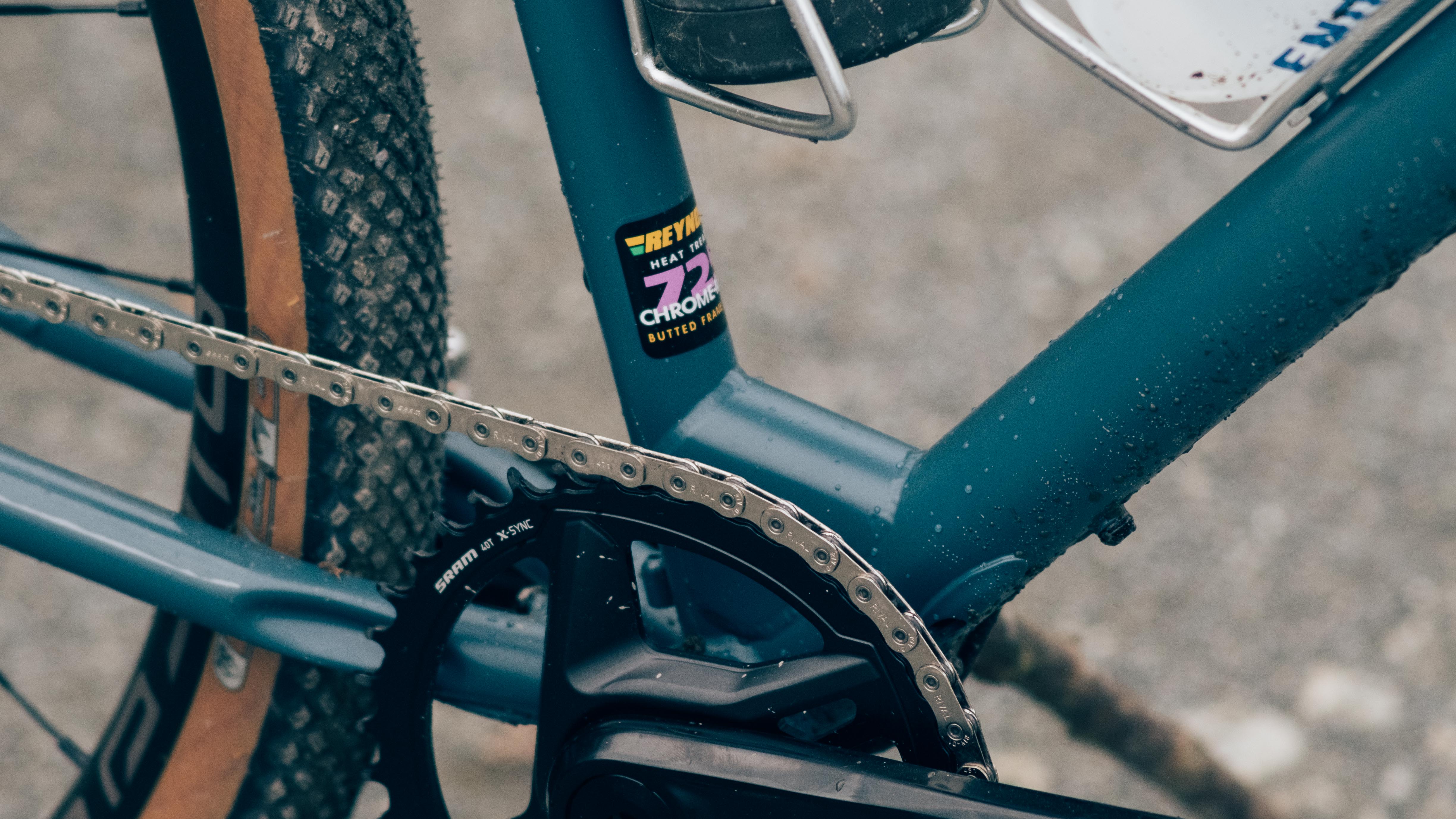
The whole frame is peppered with mounting points for added utility. Top tube, for a bento box, the usual bottle cage mounts plus a set under the downtube, pannier mounts on the seatstays (handy for smaller riders who find it harder to use big saddle mounted bags), three bosses on each fork leg for cargo cages, and proper mudguard mounts under the fork crown and on the seat stay and chainstay bridges. It’s a veritable swiss cheese but makes for a very usable platform if you’re into strapping various items to your bike. There is internal cable routing, too, sensibly just within the frame for a bike pitched at such a level, but to not plug up the vacant ports with bungs to avoid water ingress is a bit of an error. Steel rusts, inside and out. The more you can do to stop that happening the better.
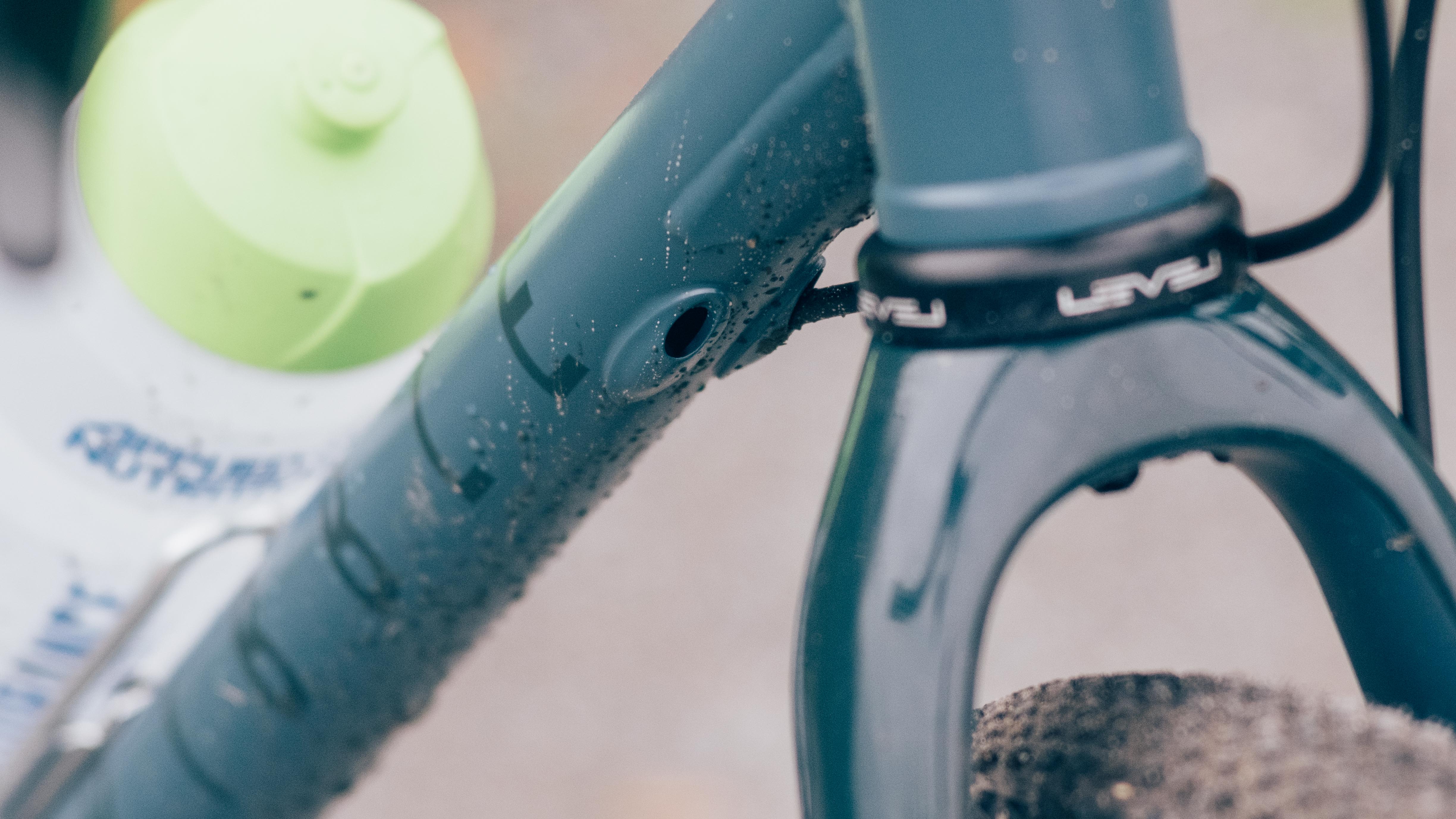
The frame is then built out on a set of 650b Mavic AllRoad wheels, shod with 47mm Halo GXC tyres, and a finishing kit from Level, including a carbon seatpost, and an alloy bar and stem. The bars are reminiscent of the hoverbar that you can find on the Specialized Roubaix, except with more flare to it. The choice to opt for 650b wheels as stock does seem to fly in the face of the industry trend to slowly leave 650b behind as a standard in favour of 700c, but the good news is that the Gravel 725 can at least accommodate both sizes if you wanted a slightly bigger wheel.
To polish things off, the shifting is taken care of in this case by Sram Rival AXS XPLR, a 1x12 system setup with a 40t chainring and 10-44 cassette.

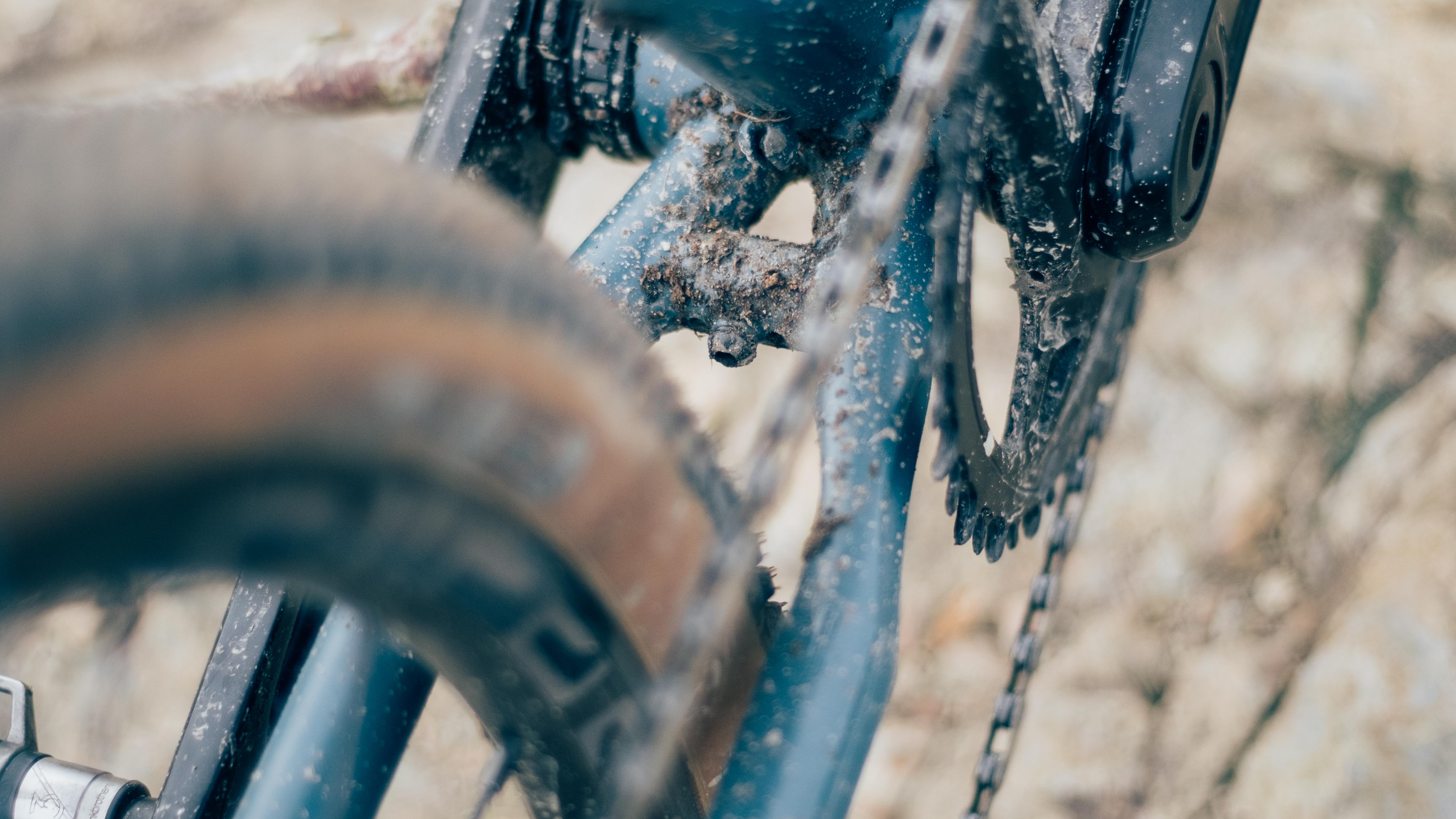
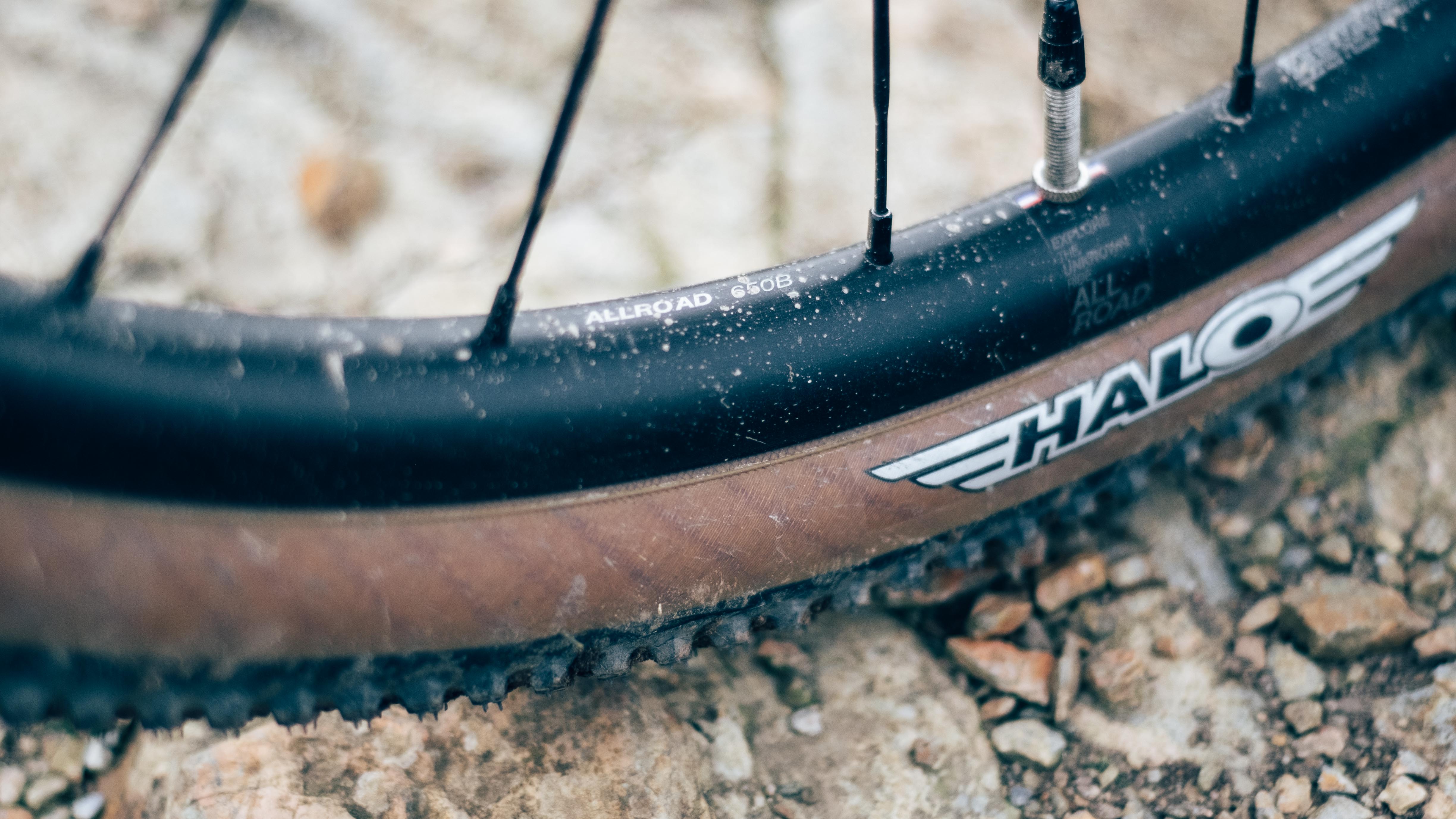
Performance
I’ve never ridden the Ribble Gravel Al, but it certainly doesn’t appear to be broke in terms of geometry, so I can see why Ribble didn’t really feel the need to fix it. You can make the front end really quite low: I haven’t slammed the stem totally, but even with it as it currently stands it’s noticeably lower than the bar height of the Factor Ostro Gravel that I also have on test at the moment, a bike that is decidedly racy in its ambitions. Despite the low front end (don’t worry, there’s enough steerer to make it as tall as you’d likely need), the geometry is such that it’s pretty comfortable on steep, techy terrain. On the flat, it trundles along relatively happily, though the weight and the inability to aero-optimise round steel tubes in any way are always going to bite against the wind. It takes a bit of effort to get it up to speed, but once it's going it has a purposeful nature. The BB gusset does lend a noticeable boost to power transfer, particularly when you’re putting the power down. In truth, it feels much like a hydroformed aluminium bike in this respect.
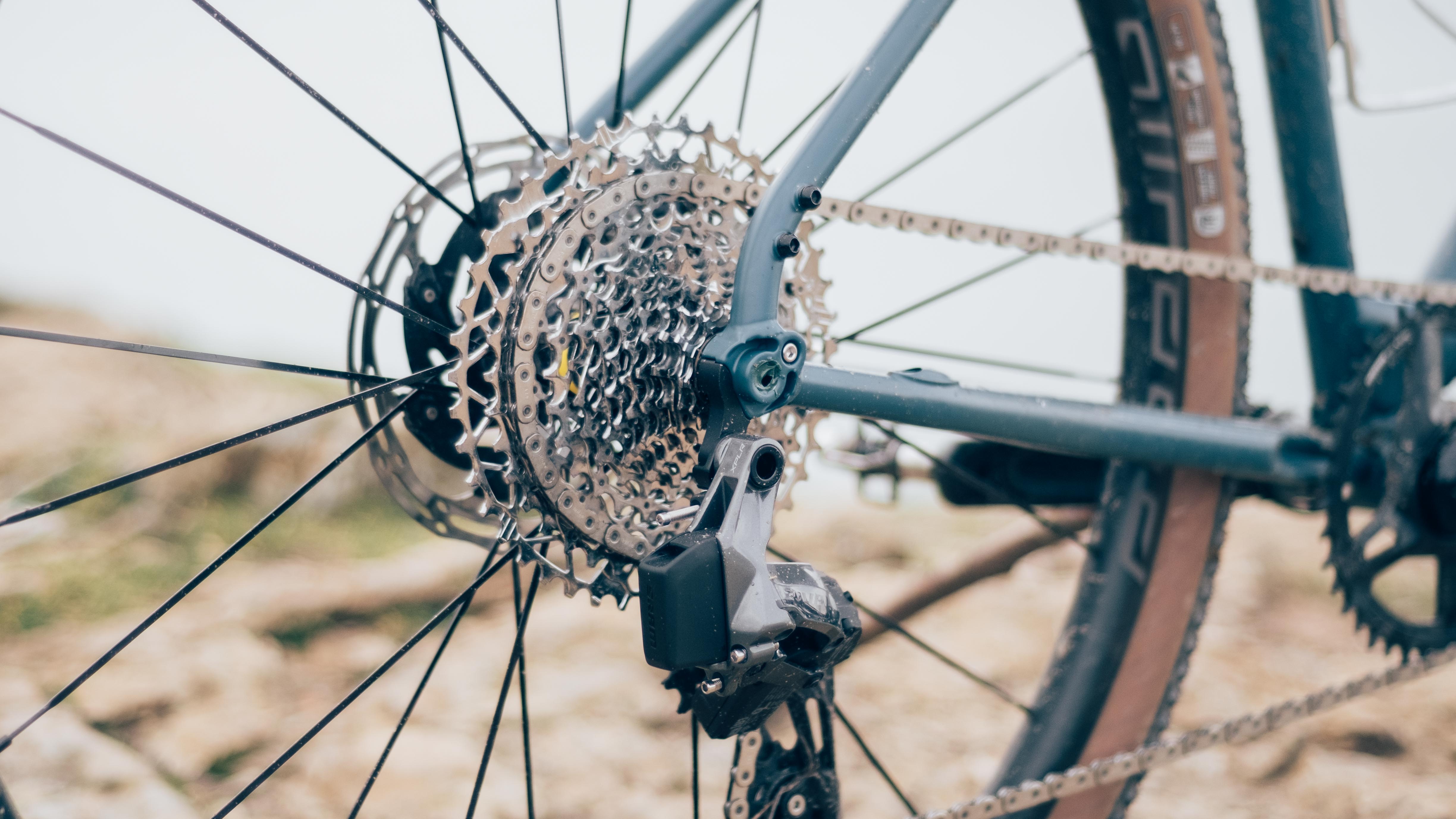
Where the power transfer is slightly marred is in the freehub engagement. The freehub on the Mavic Allroad wheelset is rather slow to engage, and so when you’re giving it some, particularly at high speeds, you can lose what feels like about 10% of the full pedal stroke playing catch up, which also results in a less-than-smooth pedal action too. You’ll find you spin out at just over 60km/h too, but given the bike is gravelly, this isn’t a great criticism. At the other end of the spectrum, the gear range is sufficient to allow you to crest even the steepest Cornish roads with relative ease, and off-road if you need to go any slower you’d probably be better off walking. If you want a wider gear range then opt for the frameset and spec a 2x for yourself.
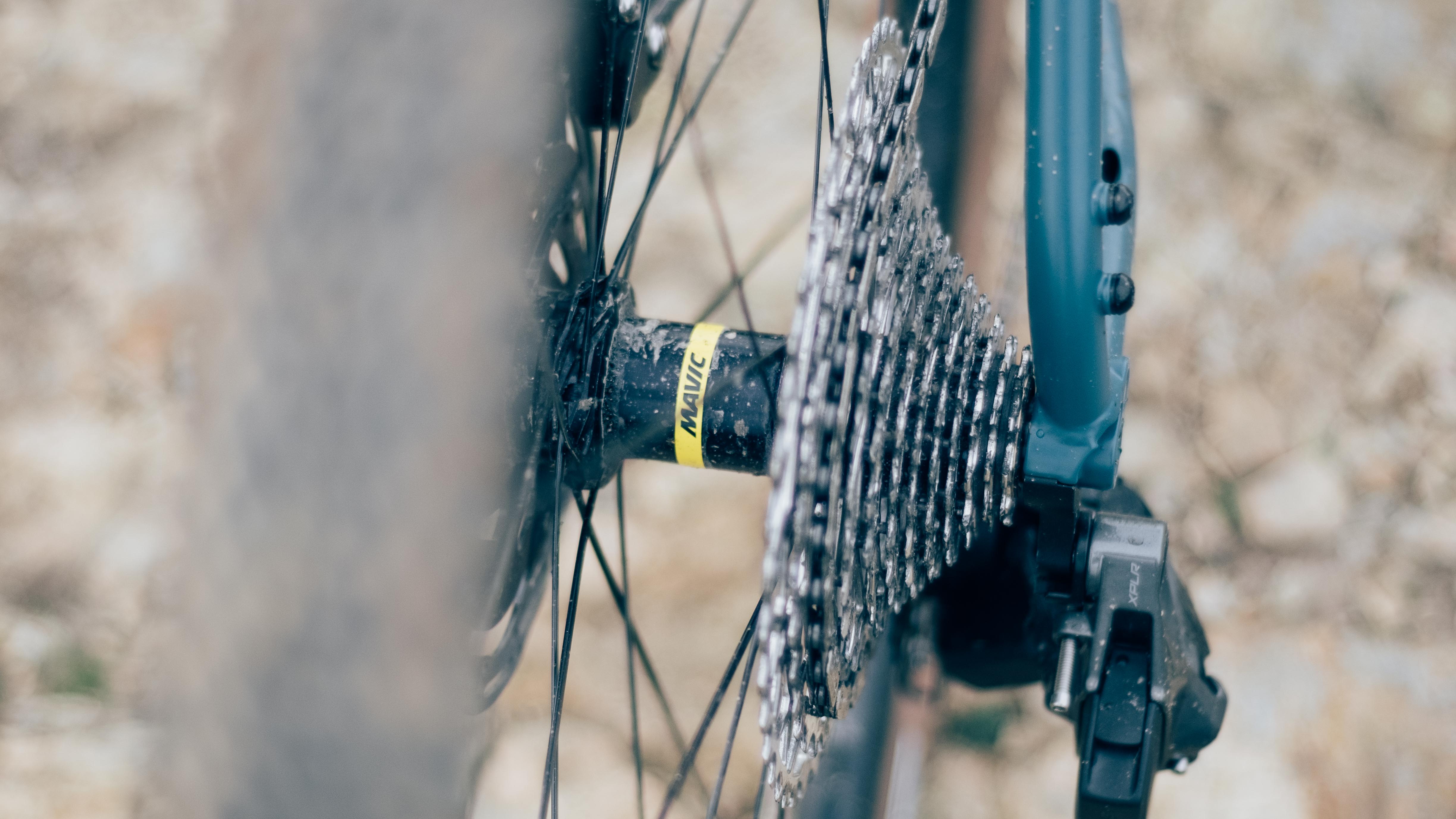
While the freehub didn’t engage as fast as I’d like, it was blissfully quiet. You don’t really realise how loud freehubs are until you get a near-silent one, and it’s certainly a good thing in my book. Fans of buzzy freehubs, I presume you listen to white noise at home and love sitting next to the engines on flights? If this is you then worry not, the ID360 hub does have a removable sound-deadening pad, so if you want it louder then you can remove it and shatter the peace wherever you go.
Quiet, yes, but also comfortable. The tyres, which we’ll go into next, provide an ample plump cushion against the terrain, complemented by that long seatpost. Fizik saddles and I haven’t ever really seen eye to eye, but you can always spec something different if you choose to buy the bike in the Bike Builder online.
The tyres, then? As mentioned earlier on, they are the Halo GXC tyres in a 47mm guise, and, well, I’m not a great fan of them. On the road, they’re fast enough, and on flat, tame gravel they are also nicely fast. Not as fast as a decent semi-slick all-road tyre would be though. I’ve ridden them before in a narrower guise, and despite the extra 9mm or so, I still found them lacking in the grip department. In hard cornering when it’s a bit sloppy, on off-camber sections, and on loose, steep climbs they don't inspire confidence and break traction easily. Tyres are not only important for cornering and climbing but also braking; on steep, techy terrain, despite the geometry being more than able to handle things, the tyres would lock up and slide more easily than I'd have liked off-road. This would be an easy upgrade, though, so do yourself a favour and browse our guide to the best gravel tyres and go from there.
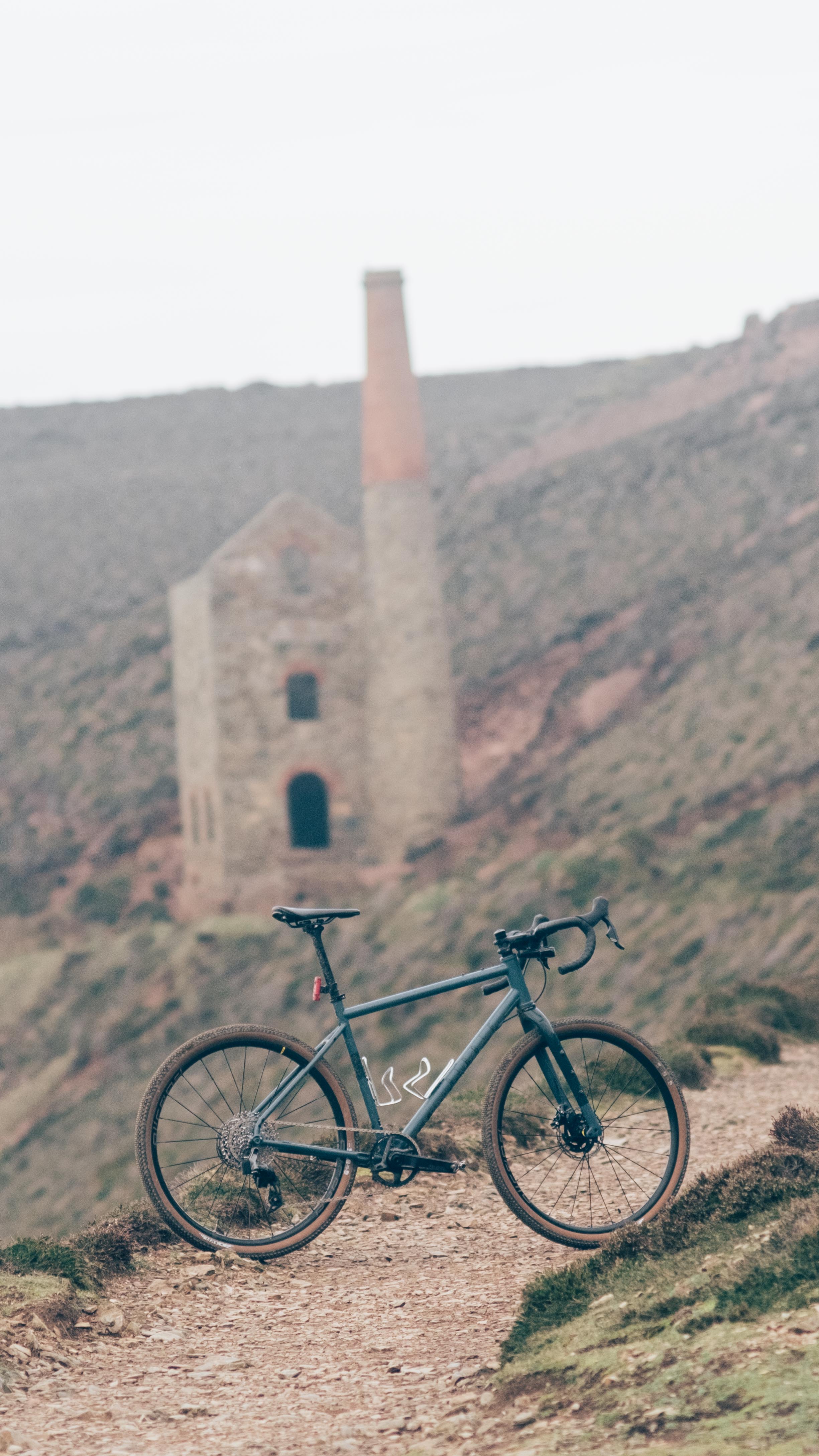
Value
Here’s the kicker for me: I enjoyed riding the Ribble Gravel 725, but it doesn’t represent very good value when the aluminium model, basically identical in geometry and kitted out with the same components, costs £400 less and presumably weighs less too (Ribble don’t quote weights on its website, but steel is almost certainly heavier than aluminium, and the rest of the spec is comparable). For £2,899 you get a decent bike for the money, as you often do from Ribble, but you get even more for £2,499.
As I mentioned at the start, steel isn’t some magical material with mystical properties. It is another option for building bikes, and the way in which it is usually built tends to lend itself to a slightly more flexible frame in areas like the bottom bracket. It does have different energy requirements to produce though, if that is a factor for you; have a read of our guide to how bicycles are made to find out more.
In this case though, with the bottom bracket gusset making the 725 ride much the same as an aluminium frame, there isn’t even that point of difference to point to. Both have the same mounting points and forks too, so are equally capable in the utility stakes, which leads me to the conclusion that the point of difference, in reality, is mostly aesthetic. Without riding both models back to back I cannot say for sure, but on paper, I’d take the aluminium model in this case, though in the long run, the steel option would probably last longer.
I think Ribble missed a trick in not adapting the geometry slightly, speccing a steel fork, and producing the Gravel 725 as a more rugged overlander/touring gravel bike, rather than the same bike but in steel.
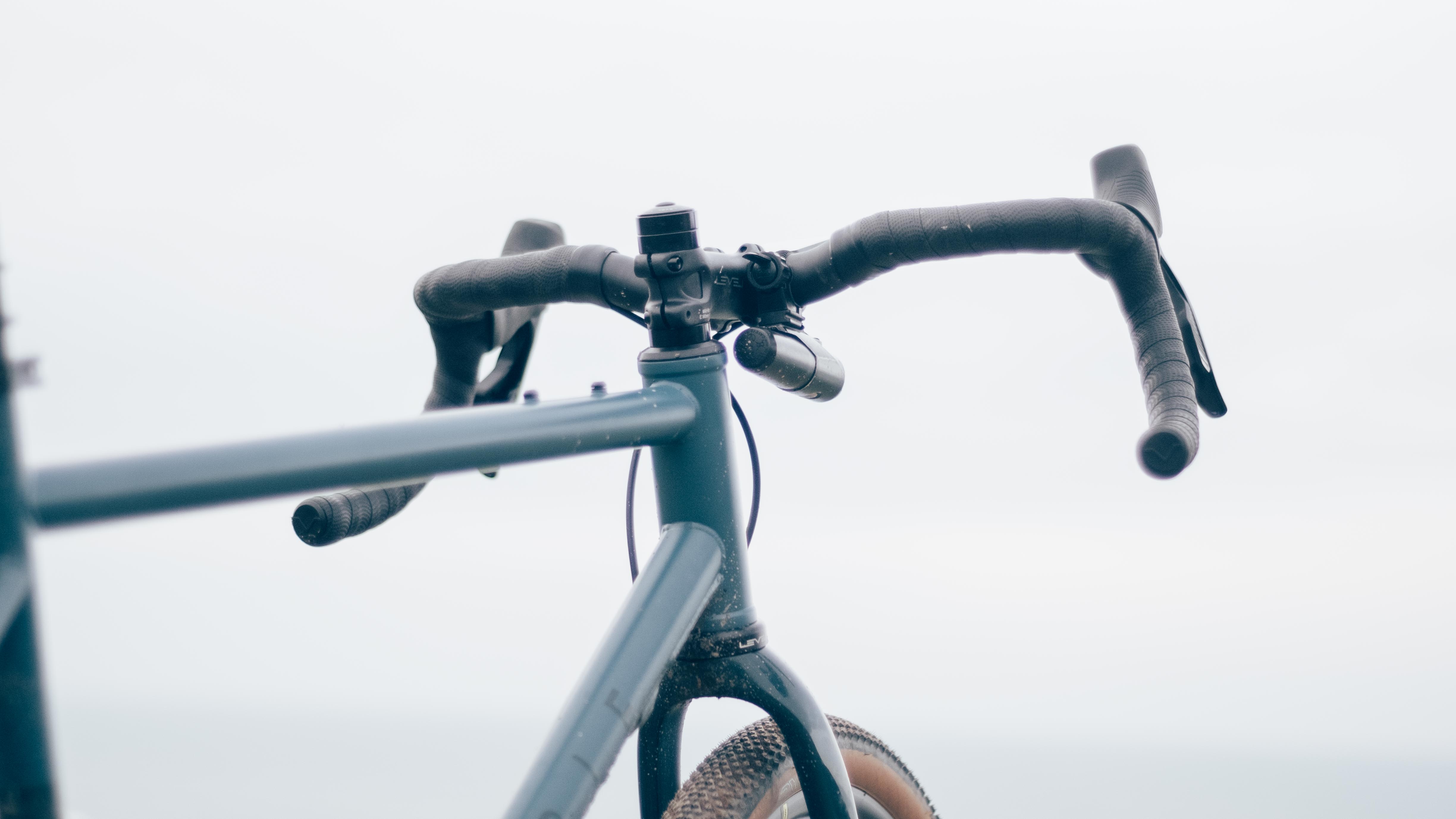
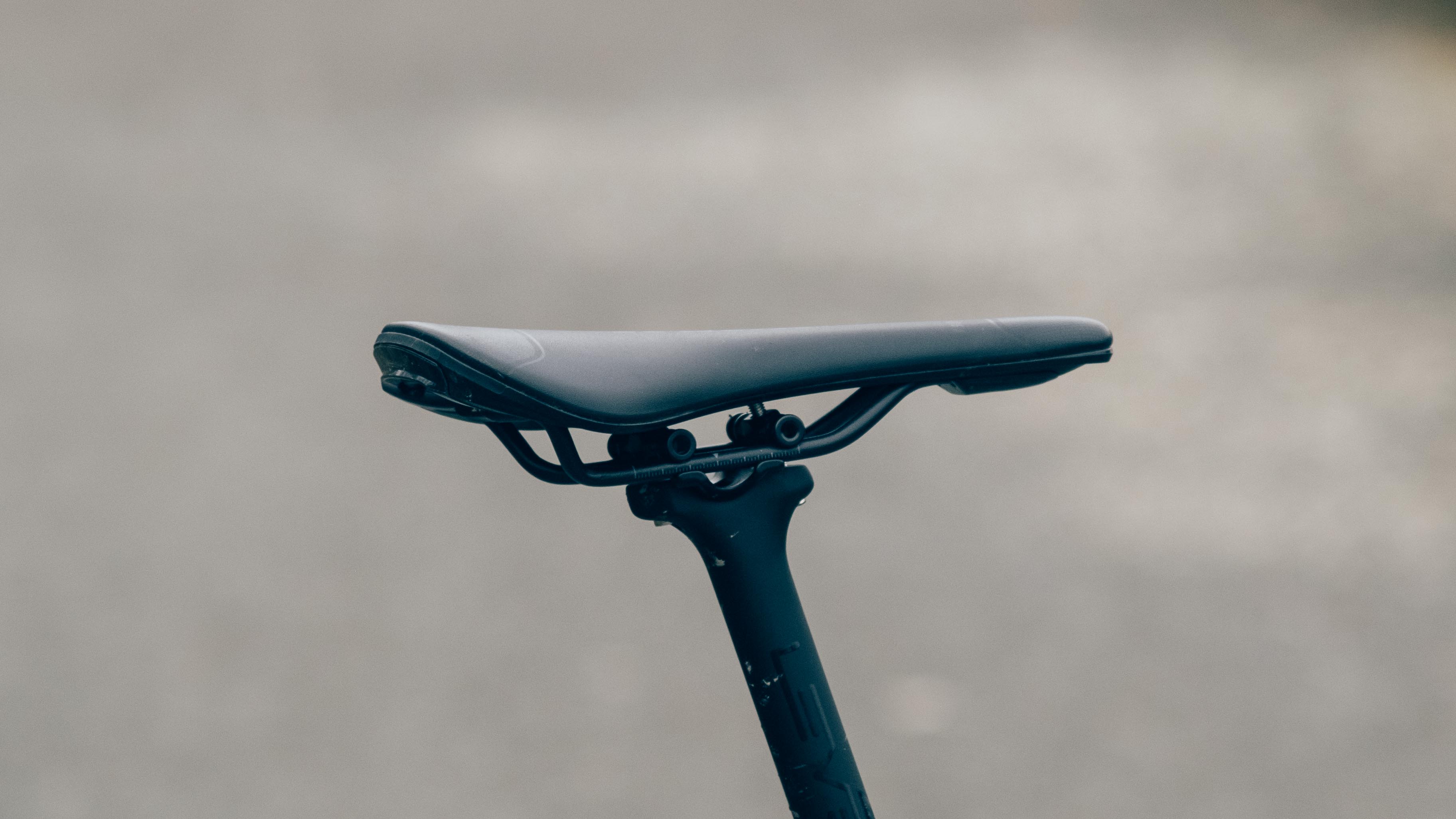
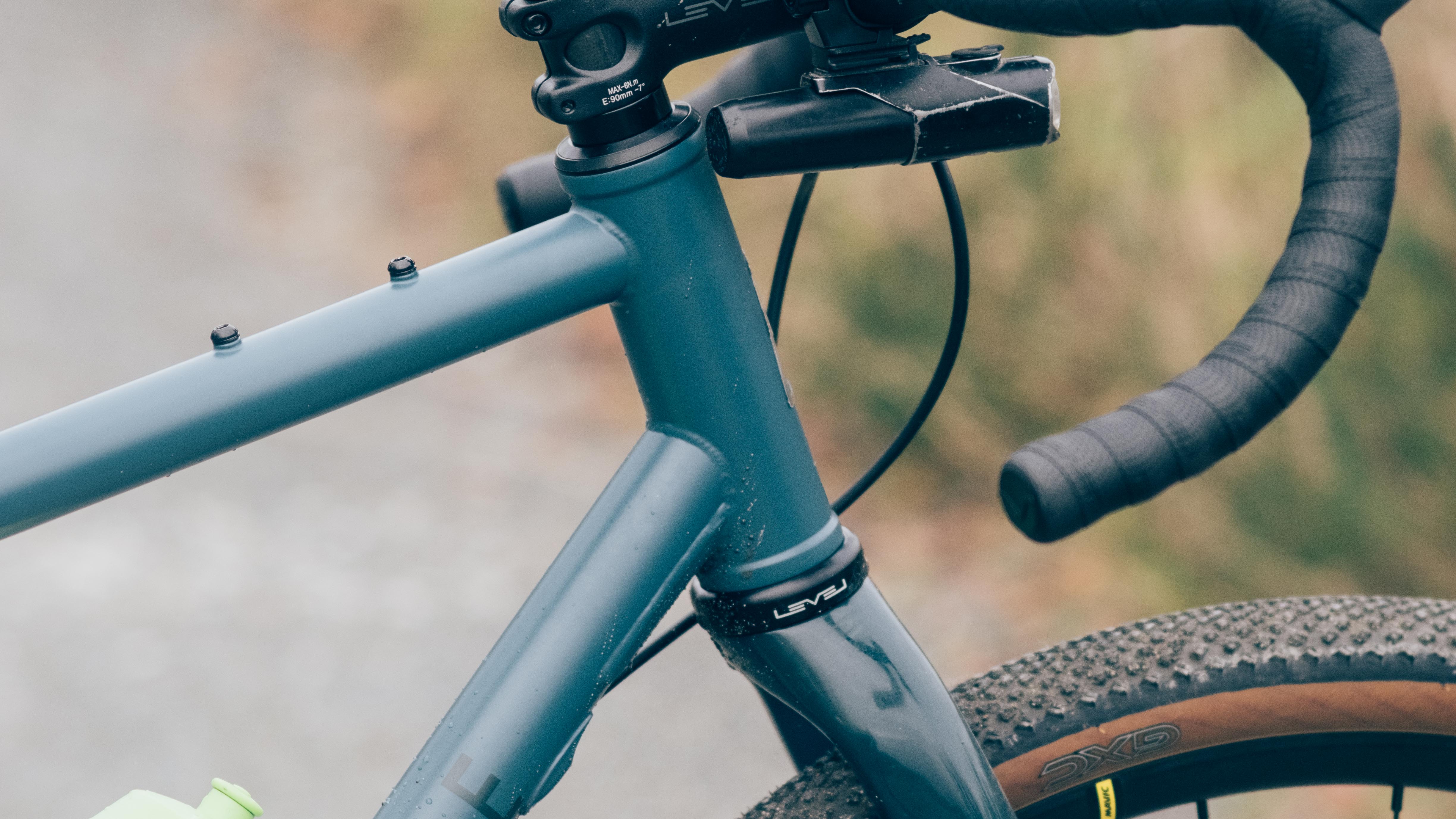
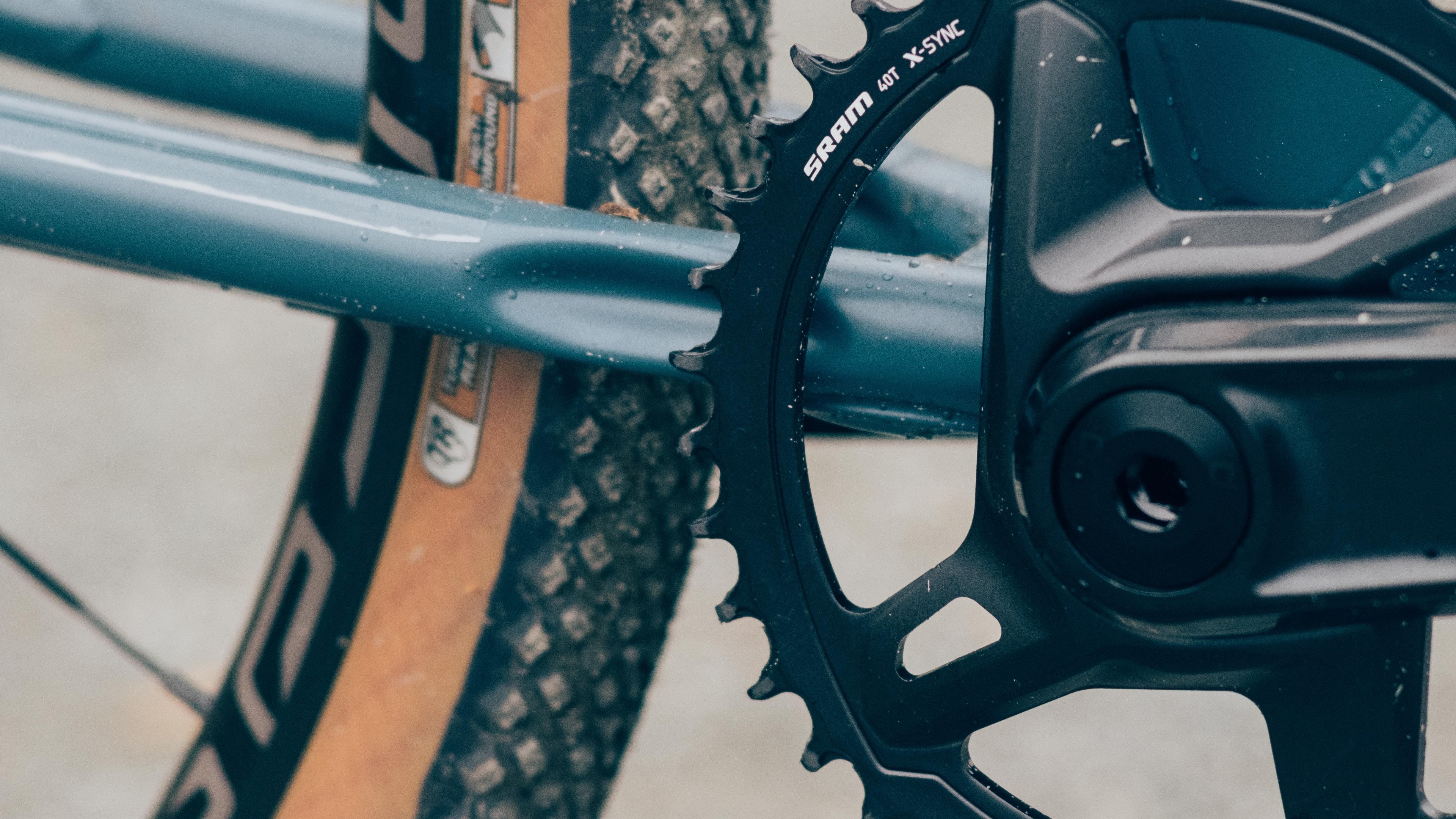
Early verdict
As a standalone bike, I enjoyed my time on the Ribble Gravel 725. It’s aesthetically pleasing and is perfectly happy rolling along on extended flat gravel sections and the steep, techy, rocky stuff that is typical of the south west coast path. I appreciate the longevity and repairability that steel brings to the table, despite the slight weight and aero penalties.
Tyres and saddle can be swapped easily, but I don’t like the giant bottom bracket gusset, both visually and in terms of how much it makes the ride feel. It removes a potential point of difference, and unless you’re dead set on owning a steel bike I think the aluminium model, with its lower price and wider range of build options, is the better choice for most people.
With a bit more time on it I'd be able to weed out some more details, ride characteristics and capabilities. Where it sings and where it sings a little off-key. However, though this is only a first ride review, I fear the big-picture conclusion in terms of the model's context within the range, is unlikely to change.

Will joined the Cyclingnews team as a reviews writer in 2022, having previously written for Cyclist, BikeRadar and Advntr. He’s tried his hand at most cycling disciplines, from the standard mix of road, gravel, and mountain bike, to the more unusual like bike polo and tracklocross. He’s made his own bike frames, covered tech news from the biggest races on the planet, and published countless premium galleries thanks to his excellent photographic eye. Also, given he doesn’t ever ride indoors he’s become a real expert on foul-weather riding gear. His collection of bikes is a real smorgasbord, with everything from vintage-style steel tourers through to superlight flat bar hill climb machines.
What is a hands on review?
'Hands on reviews' are a journalist's first impressions of a piece of kit based on spending some time with it. It may be just a few moments, or a few hours. The important thing is we have been able to play with it ourselves and can give you some sense of what it's like to use, even if it's only an embryonic view.
